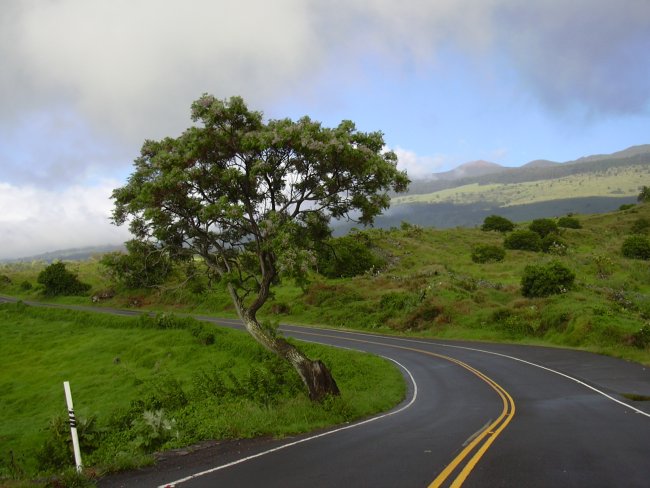Climate Matching Map
| Attachment | Size |
|---|---|
| ClimateMatch_CA_Melia_azedarach.pdf (1.36 MB) | 1.36 MB |
1. Question 1
2. Question 2
3. Question 3
4. Question 4
5. Question 5
6. Question 6
7. Question 7
8. Question 8
9. Question 9
10. Question 10
11. Question 11
12. Question 12
Chinaberry can be propagated from cuttings, root suckers, and adventurous buds. Vegetative reproduction is likely common when plants are damaged at the stumps or roots, not so much from detached fragments in the wild (but probably more common in a nursery setting). Plants spread vegetatively in disturbed areas and wildlands.
13. Question 13
A PRE evaluation from Georgia and Trees of Southern Africa state that seeds are viable up to 2 years.
14. Question 14
15. Question 15
16. Question 16
17. Question 17
18. Question 18
19. Question 19
20. Question 20
Evaluation Notes
* Note: Had some difficulty adding references- uploading links were not functioning at the time this evaluation was created and filled out.
Most information was sourced from: Waggy, Melissa, A. 2009. Melia azedarach. In: Fire Effects Information System, [Online]. U.S. Department of Agriculture, Forest Service, Rocky Mountain Research Station, Fire Sciences Laboratory (Producer). Available: https://www.fs.fed.us/database/feis/plants/tree/melaze/all.html [2022, June 19].
A PRE evaluation completed by Lila Uzzell also informs the status of Chinaberrytree (Melia azedarach) in Georgia, U.S.A. Information provided in this evaluation is similar to the information in the PRE evaluation completed for Georgia, with the addition of a few details about seed dispersal and germination.
____
May 24 2023 - J. Burger made some revisions to the text and scoring of this PRE based on available literature and reviewer feedback.






